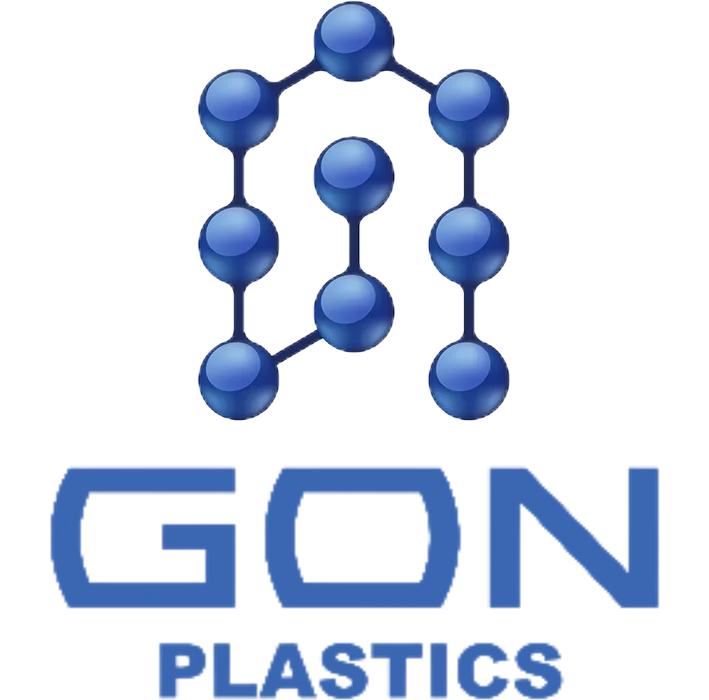Where Does Polypropylene Come From
Curious about the origins of everyday materials like polypropylene? In this article, we delve into the fascinating journey of how polypropylene is made, from its raw ingredients to the final product. Join us as we uncover the intricacies of this versatile material and explore the various ways it impacts our daily lives.
Polypropylene, a commonly used plastic material in various industries and products, is derived from a type of polymer known as polypropene. This versatile material is produced through the polymerization of propylene, a hydrocarbon compound found in natural gas and crude oil. The process of creating polypropylene involves combining propylene molecules in a specific arrangement to form long chains, resulting in a durable and flexible plastic material with a wide range of applications.
The first step in the production of polypropylene involves extracting propylene from natural gas or crude oil. Propylene is a byproduct of petroleum refining and natural gas processing, making it readily available for use in the manufacturing of various plastic products. Once extracted, propylene is purified and separated from other hydrocarbon compounds to ensure a high-quality final product.
After the extraction of propylene, the polymerization process begins to create polypropylene. This process involves combining propylene molecules with a catalyst, typically a metal compound, to initiate the polymerization reaction. The catalyst helps link the propylene molecules together in a specific arrangement, forming long polymer chains that give polypropylene its unique properties.
Once the polymerization process is complete, the resulting polypropylene resin is formed into various shapes and products through processes such as injection molding, extrusion, and thermoforming. These manufacturing techniques allow for the production of a wide range of products, including containers, packaging materials, automotive parts, and consumer goods. Polypropylene's flexibility, durability, and resistance to chemicals and moisture make it an ideal material for a variety of applications.
As a leading manufacturer of polypropylene products, GON Plastics is committed to sustainability and environmental responsibility. Polypropylene is a recyclable material, and GON Plastics works closely with recycling facilities to ensure that end-of-life polypropylene products are collected, processed, and reused in the production of new products. By incorporating recycled polypropylene into our manufacturing processes, we reduce waste and minimize our environmental impact while delivering high-quality, sustainable products to our customers.
Conclusion
In conclusion, polypropylene is a versatile material that plays a crucial role in our daily lives. Whether it's used in packaging, textiles, or automotive parts, this thermoplastic polymer has become an essential component in various industries. With 25 years of experience in the industry, our company has seen the evolution of polypropylene and its applications firsthand. As we look to the future, it's exciting to think about the new innovations and advancements that will continue to shape the production and use of polypropylene. Stay tuned for more updates on where this remarkable material will take us next.



